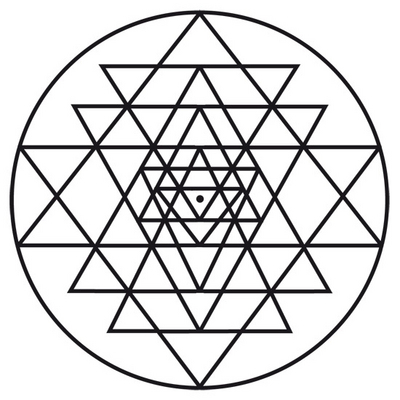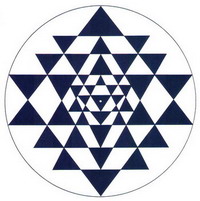|
Model Final Exam answers 2018 Complete Research Report Index to Sample Research Reports |
 |
Brad Cannon
Finding My Heritage
One aspect of my
life that was important to me upon entering this class, was examining my own
personal history and finding the minority Jewish component in America. Although,
all Jews are immigrants to this country, many have been here so long and so well
established, that they feel more like minority groups rather than immigrants. I
explore this idea of the Jewish minority identity within America and my own
personal feelings on being a minority, but not feeling like one, in modern
America.
Because
Jewish people are not continually immigrating to the United States, and have not
on large scales for many decades, I believe that they share more in common with
minorities, in terms of numbers and dominant culture attitudes towards them,
than immigrants currently do. I have similar feelings to many of the minorities
in the books we have read and certain this at least partially comes from my
heritage and family. Many of the values and ideals my family holds stem from
ideas and traditions in their past that were passed onto them by their family,
and so forth.
Most people would
not know it, but America has the second largest population of Jews, next to
Israel, and because of the small proportion of the population being Jewish, they
resemble a minority population in many respects. Many Jews have assimilated to
the dominant culture, and because many are lighter skinned, have fared better
than many other darker skinned minorities and darker skinned Jewish people, too.
The ability to pass as the dominant culture is an important aspect in relations
in America for many Jewish people.
However, many Orthodox Jews have not assimilated much at
all. There are still pockets in New York and New Jersey where they are far more
minority treated than immigrant. Many speak Hebrew together and so it feels like
you are in another place entirely. Similarly, in many places in southern Texas,
Spanish dominates. Often times, when I tell a person that I am Jewish, that seem
somewhat taken aback, because I do not have characteristically “Jewish”
qualities. I have come to expect it and even not let it bother me, but the need,
by some, to have to identify people or lump people together in a category has
always been troubling to me.
In my research I learned something quite interesting, at
least to me. The word “ghetto,” originally comes from where the housing Jewish
people used in inner cities. These very same ghettos that the Jewish people used
during World War II, are often times the same ghettos that we associate with
urban inner city socioeconomic impoverished areas. Jewish people originally
occupied many inner city ghettos, to keep their community close, but eventually
left when the economy rose. With Jewish people leaving the immediate inner city
areas, they started getting filled with worse off people and we simply
translated the name ghetto to the new people that live there. Thus, the word
ghetto, has invariably changed over the course of its history and how we view
that culture, too.
Looking through
Menorah Journal
that existed about a hundred years ago it is clear to see the minority identity
within the Jewish community. The Journal was an attempt for Jews already in
America, Jews that were already assimilated, to find their culture and to find
who they are and where they came from. Think of Ancestry but over a hundred
years ago and without the aid or help of internet.
There is a
long standing tradition of ideas and our connection with ancestors that is held
within the Jewish community. These are very similar attitudes I saw within the
Native American community as well. The old Jewish teachings are something that I
have been interested in for a long time but never really devoted the time to.
Surprisingly, to my delight, there is much more writing on this subject than I
previously thought. Horace Kallen, who
was the head of the Menorah Journal
and movement to “promote a revival in Jewish cultural identity and combat the
idea of race as a means to define or identify peoples” I would say did a
successful job considering the circumstances and times. It is still available,
although in limited operation today, but the information within is easily
accessible.
In 2013,
"A Portrait of Jewish Americans: Findings from a Pew Research Center Survey of
U.S. Jews"
shows many interviews and communications between Jewish Americans and their
feelings of being an American Jew. Over 90% said that they checked non-Hispanic
whites when asked on surveys. Since there is no place for “Jewish” on the
checkboxes, most are simply lumped together with whites based on appearance and
ease to not expand descriptions. Although 90% check “non-Hispanic” whites, many
are treated still as minorities and not as people who immigrated long ago.
This
process has helped me come to a better understanding of myself. Learning about
why I am the way I am or why my mother taught me certain things are important
steps to learning about my own past. Tracing my Jewish origins and ancestry has
been important to me and this class (and even paper!) has excited me to the
possibilities. Even learning snip bits of information that I did not previously
know is interesting to me and I am excited to continue my deep dive into my
Jewish ancestry and history.


